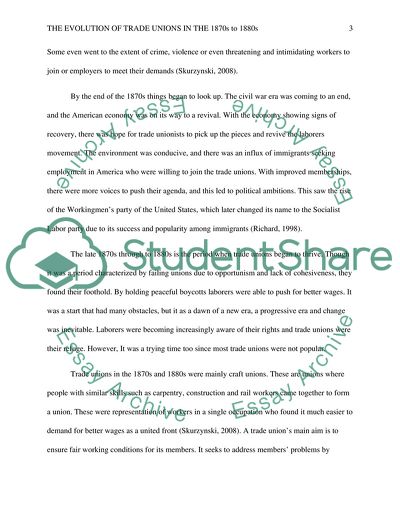Cite this document
(Evolution of Trade Unions in the 1870s-1880s Essay Example | Topics and Well Written Essays - 2250 words, n.d.)
Evolution of Trade Unions in the 1870s-1880s Essay Example | Topics and Well Written Essays - 2250 words. https://studentshare.org/history/1767042-you-make-up-one
Evolution of Trade Unions in the 1870s-1880s Essay Example | Topics and Well Written Essays - 2250 words. https://studentshare.org/history/1767042-you-make-up-one
(Evolution of Trade Unions in the 1870s-1880s Essay Example | Topics and Well Written Essays - 2250 Words)
Evolution of Trade Unions in the 1870s-1880s Essay Example | Topics and Well Written Essays - 2250 Words. https://studentshare.org/history/1767042-you-make-up-one.
Evolution of Trade Unions in the 1870s-1880s Essay Example | Topics and Well Written Essays - 2250 Words. https://studentshare.org/history/1767042-you-make-up-one.
“Evolution of Trade Unions in the 1870s-1880s Essay Example | Topics and Well Written Essays - 2250 Words”. https://studentshare.org/history/1767042-you-make-up-one.


